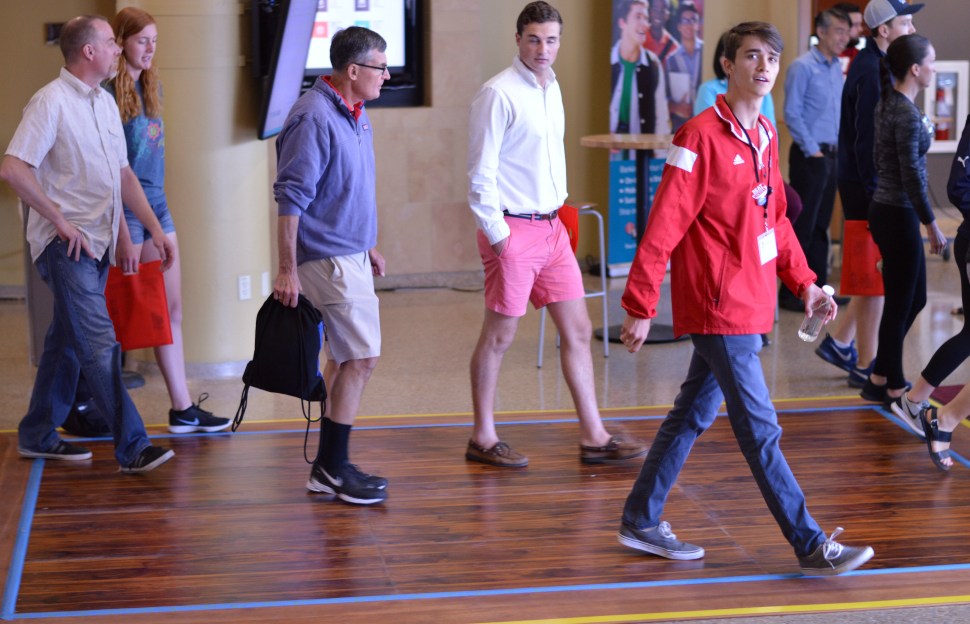John Tolley, September 11, 2017
If you recall, yesterday we told you about Michigan State engineer Dr. Nelson Sepúlveda and his groundbreaking ferroelectret nanogenerator, or FENG, device which can produce energy anywhere there is mechanical movement, such as the soles of your shoes.
Well, if you liked reading about this innovative source of green energy, then you might want to check out University of Wisconsin-Madison engineer Dr. Xudong Wang?s equally astonishing triboelectric nanogenerator, or TENG, technology.
While the desired outcome is the same - generating electricity from areas of impact - the mechanism of action is markedly different. TENGs use chemically treated nanofibers which, when they come into contact with non-treated nanofibers, produce an electrical charge.
Wang?s vision is to create a new type of flooring product that incorporates TENGs, via cellulose nanofibers derived from wood pulp, a readily available material already common to flooring. As explained in a Wisconsin News article from 2016, the combination is a win-win.
When the nanofibers are embedded within flooring, they?re able to produce electricity that can be harnessed to power lights or charge batteries. And because wood pulp is a cheap, abundant and renewable waste product of several industries, flooring that incorporates the new technology could be as affordable as conventional materials.
While the TENG flooring still needs to be fine-tuned, Wang see it as a question of when, not if, the flooring will be used in high-density environments to generate clean energy. Places like Camp Randall, for instance, could see copious amounts of electricity collected from the thousands of fans who pack the stadium to see the Badgers play - especially if they ?Jump Around.?
As a test, Wang and his team recently installed a 96-square foot panel of their TENG flooring in the university?s Union South. This high-traffic area is the perfect setting in which to showcase - and test - the performance and durability of the floor.
?This is the first on-site demonstration of our technology,? Wang says speaking to Wisconsin News recently. ?It shows an exciting path leading materials science technology from the lab toward a real product. It?s also an intriguing technology for energy savings, and is beneficial to our environment.?







